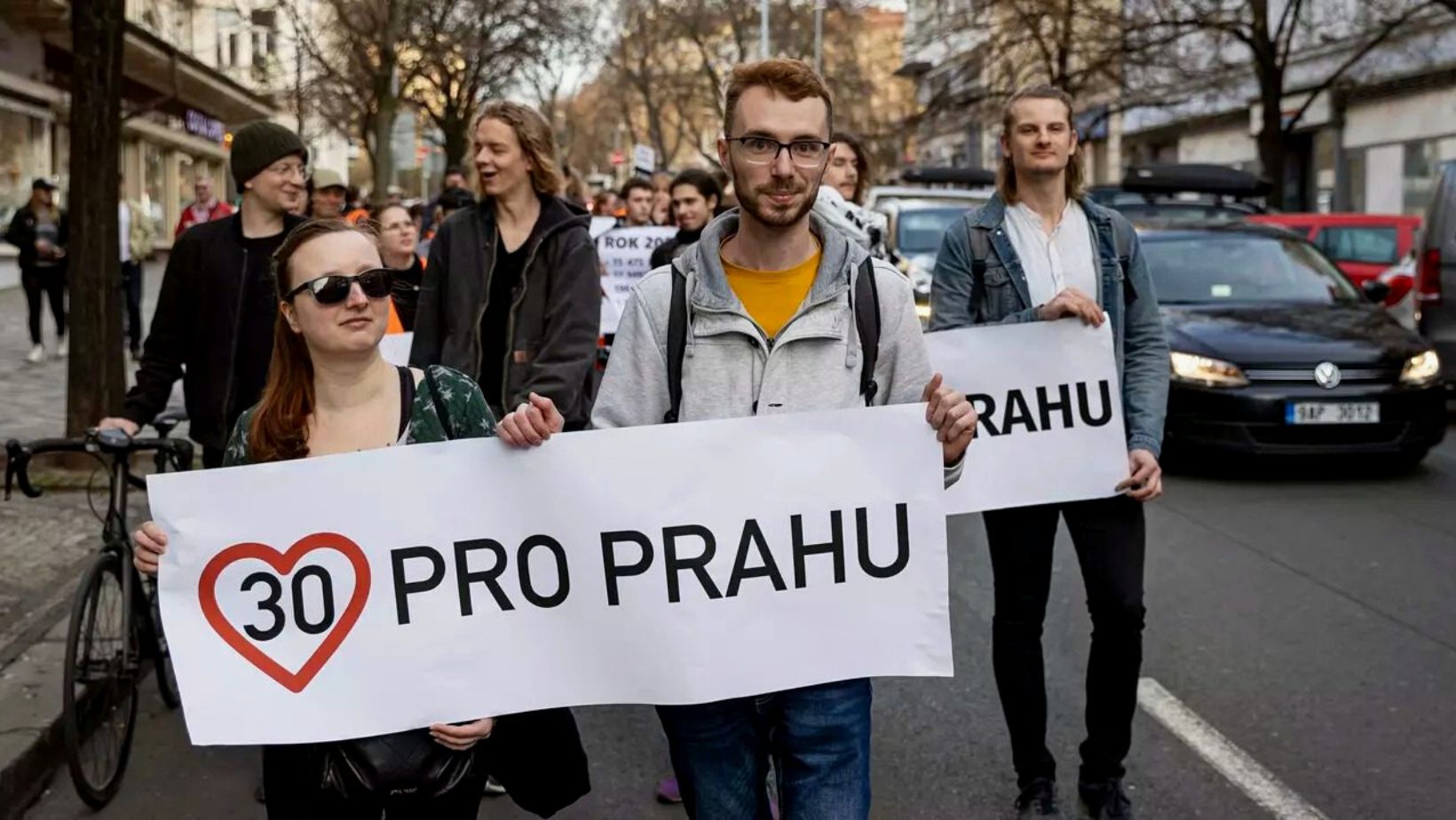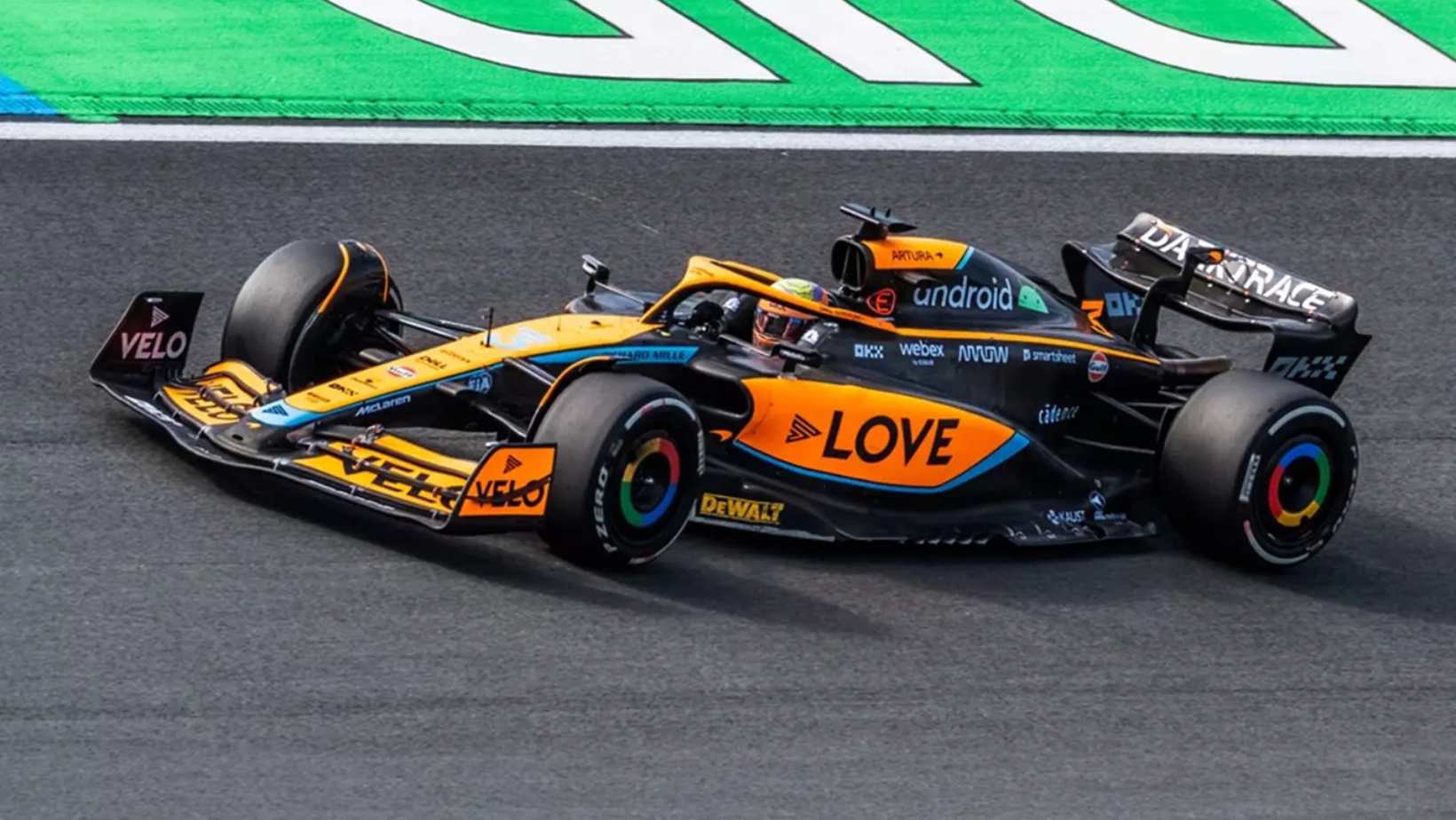If you live in Prague, you may have found yourself stuck in traffic in recent weeks due to a series of ongoing protests campaigning for a 30 km/h speed limit in the city.
The protesters say it would have numerous benefits for health, safety, and the environment, but the idea is facing opposition from motorists.
The first European city to adopt the City 30 model was Graz, in Austria, which imposed a city-wide speed limit of 30 km/h in 1992. Today, the limit is still enforced on about 80% of the city’s road network.
Brussels adopted the City 30 model in 2021. Paris, Grenoble, and Edinburgh also adopted the City 30 model, while other cities are considering the possibility, like Luxembourg and Milan.
Despite pressure from climate activists, the Czech capital has no plans to introduce a 30 km/h limit. Districts can limit speeds to 30 km/h on a local level near schools, sports grounds, and other places with higher concentrations of pedestrians, but an across-the-board 30 km/h limit is only under discussion for now.
According to a survey carried out for Czech Radio, most Czechs do not want to reduce the speed limit in big cities. Prague Mayor Bohuslav Svoboda (ODS) was even more resolute in an interview: “If we were to introduce a 30km/h speed limit in Prague, the whole city would come to a standstill and be impassable.”
The potential benefits of limiting speeds in cities to 30 km/h are nonetheless attractive: fewer traffic accidents, less pollution, and more space for bicycles and pedestrians. After all, it’s not all that new.
The first concept of an urban zone with a 30 km/h speed limit originated in the Netherlands in the early 1970s, when a group of parents blocked off an entire neighborhood of Amsterdam to protest against children dying in car accidents.
It was the start of the Stop de Kindermoord (“Stop the child murders”) campaign that eventually led Amsterdam to become the cycling capital we all know today.
A significantly shorter braking distance
The biggest benefit of lower speed limits in city centers is precisely the increase in pedestrian safety. For example, in Grenoble, France (population 160,000), where a top speed of 30 km/h was introduced on most streets in 2016, there has been a significant reduction in the number and severity of accidents.
Similarly, in the Finnish capital Helsinki, where they have taken the path of gradually reducing speed and safety measures on the streets, there has been a big drop in pedestrian deaths and serious injuries on the roads.
In fact, the braking distance of a car at 30 and 50 km/h differs significantly. According to the Centre for Transport Research (CDV), the total difference can be up to 14 meters, which significantly changes the fatality rate of a potential collision with a pedestrian.
According to the CDV, there were 9 pedestrian fatalities and 81 serious injuries in Prague in 2022, for a total of 90 serious accidents involving pedestrians.
-
NEWSLETTER
Subscribe for our daily news











